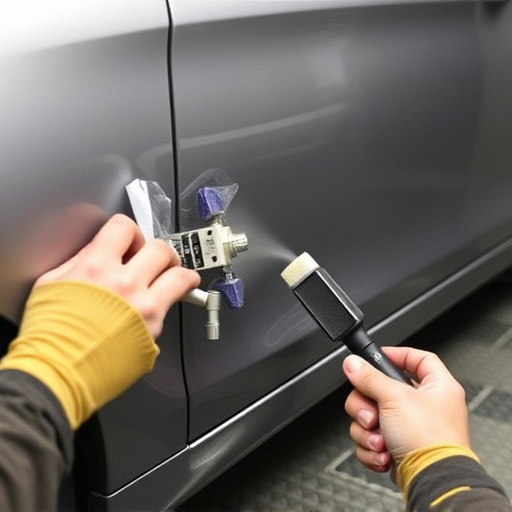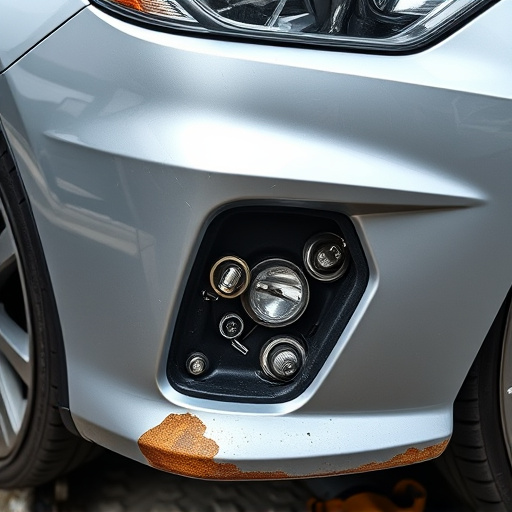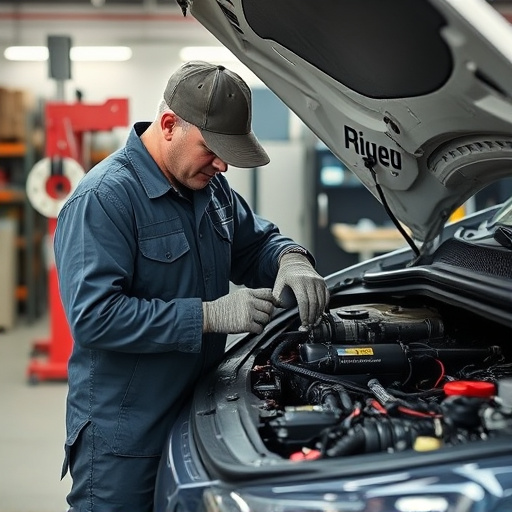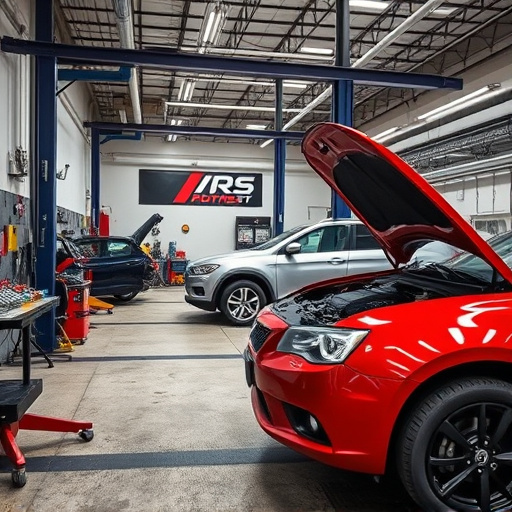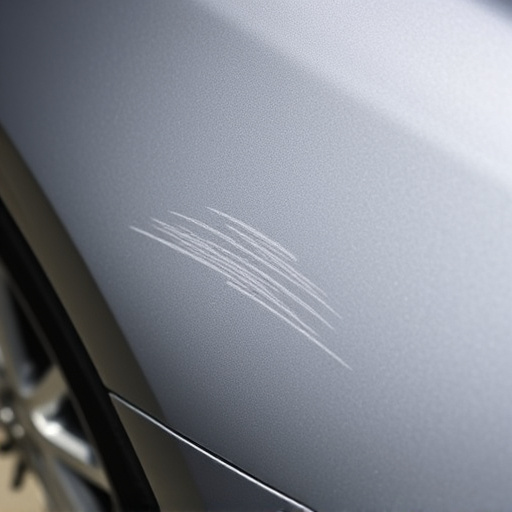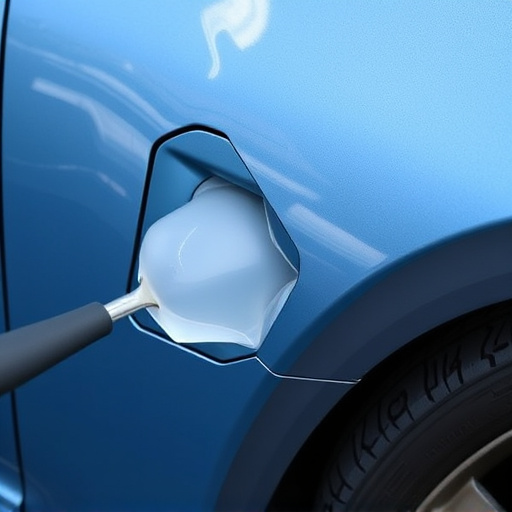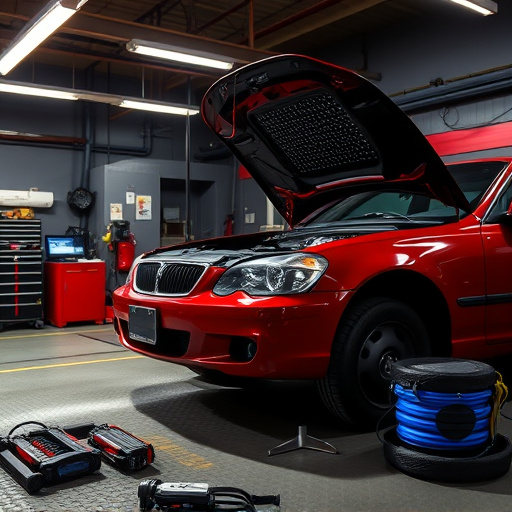Heavy-duty and commercial vehicles pose unique measurement challenges, requiring efficient solutions like electronic measuring systems for quick, precise data on dimensions and clearances, essential for safety, repairs, regulatory compliance, and workspace optimization in manufacturing, repair shops, and fleet management. These systems use advanced sensors, data acquisition units, and software to capture real-time vehicle data, aiding in accurate repair and restoration tasks. Implementing such systems offers numerous advantages but requires careful planning and staff training.
In the realm of transportation, ensuring safety and efficiency requires accurate and reliable measurement solutions for heavy-duty and commercial vehicles. This article explores the significance of an electronic measuring system—a game-changer in this industry. We delve into understanding the unique measurement needs of these beasts on wheels, dissecting key components that constitute a robust system, and highlighting its benefits. Additionally, we navigate implementation challenges and provide insights to overcome them.
- Understanding Heavy-Duty Vehicle Measurement Needs
- Key Components of an Electronic Measuring System
- Benefits and Implementation Challenges Overcome
Understanding Heavy-Duty Vehicle Measurement Needs

Heavy-duty and commercial vehicles present unique measurement challenges compared to their lighter counterparts. These vehicles often have complex structures with numerous components, including robust frames, powerful engines, and specialized equipment tailored for specific industries like construction, transportation, or agriculture. Accurate measurement of these vehicles is crucial for various reasons, from ensuring safety during collisions (like those requiring Mercedes Benz collision repair) to facilitating precise auto body repairs and even auto glass replacement.
Traditional measuring methods can be time-consuming and may not capture the full complexity of these vehicles’ geometry. An electronic measuring system offers a modern solution by providing quick, accurate data on vehicle dimensions, clearances, and other critical parameters. This technology is essential for manufacturers, repair shops, and fleet managers who need to maintain precise records, optimize workspace layouts (especially in confined garages or workshops), and ensure regulatory compliance.
Key Components of an Electronic Measuring System

An electronic measuring system for heavy-duty and commercial vehicles is a complex yet vital tool that plays a significant role in modern vehicle repair, particularly in collision repair and luxury vehicle repair sectors. Its key components include advanced sensors, data acquisition units, and precise measurement software. These elements work in harmony to capture and interpret critical vehicle data, ensuring accurate assessments and repairs.
The sensors, strategically placed, gather real-time information about various parameters such as dimensional tolerances, structural integrity, and component alignment. The data acquisition unit acts as the brain of the system, processing this raw data and converting it into meaningful measurements. This data is then fed into specialized software that analyzes and visualizes the results, providing technicians with precise guidelines for vehicle repair, restoration, or modification processes.
Benefits and Implementation Challenges Overcome
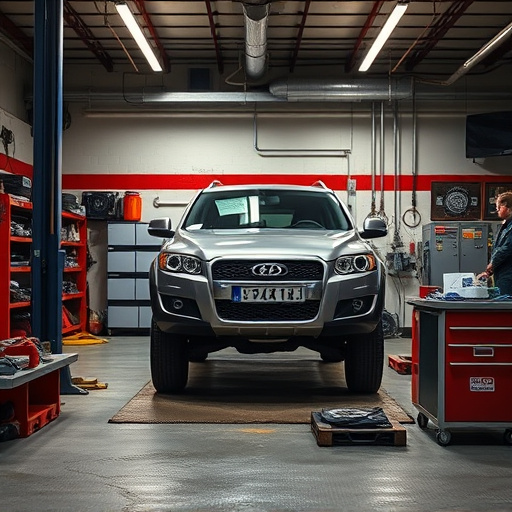
Implementing an electronic measuring system for heavy-duty and commercial vehicles brings a multitude of benefits to garages and workshops. These advanced tools streamline the measurement and analysis process, enabling precise and efficient assessments of vehicle dimensions, especially in complex cases like car restoration or car collision repair. By digitizing traditional manual measurements, technicians can save time, reduce human error, and obtain highly accurate data quickly.
However, transitioning to electronic measuring systems isn’t without challenges. Integration with existing infrastructure and staff training are significant hurdles that need careful consideration. Garages must invest in compatible hardware and software, ensuring seamless data flow between different stages of car bodywork services. Adequate training for employees is crucial to maximize the benefits of this technology, especially as it may differ from their previous manual practices, particularly in car collision repair scenarios. Overcoming these challenges paves the way for more accurate and efficient vehicle assessments, ultimately enhancing the quality of post-repair outcomes.
An electronic measuring system for heavy-duty and commercial vehicles offers precise, efficient solutions for fleet management. By understanding specific measurement needs, integrating key components, and overcoming implementation challenges, businesses can leverage these systems to optimize performance, enhance safety, and reduce operational costs. An electronic measuring system isn’t just a technological advancement; it’s a strategic investment in the future of transportation.

